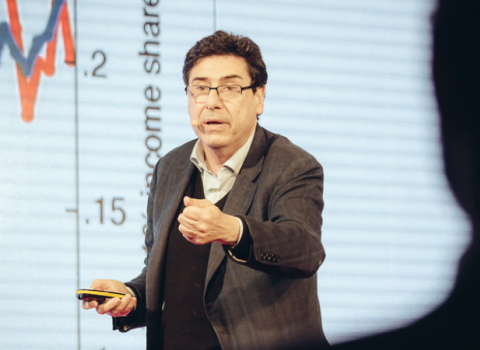The move to define costs up-front and fix them in the grant agreement is here to stay. But research lobbies are still unsure about it - here’s why

Science|Business plans to roll out a newsletter tailored for research and innovation professionals. This article provides a sneak peek into the kind of information you may expect in the coming weeks, ahead of a full launch this spring.
The introduction of lump sum funding to the EU funding landscape is gathering pace, but research organisations still lack confidence in the new less-strings-attached funding approach, despite its motive of reducing bureaucracy.
“There are legal uncertainties regarding lump sums, and many beneficiaries are waiting for final results of the pilot evaluation,” says Kamila Kozirog, policy analyst at the European University Association. “Some are quite hesitant to stop using time sheets, because they are proven and safe, and they want to avoid legal risk until the evaluation is completed.”
Lump sums have been a divisive…
Discover the latest in research funding every Tuesday with Funding Newswire. Dive into detailed articles with our monthly or yearly subscriptions or start with a free trial
NOTE: if you're a part of one of our Network member organisations, you get free access by signing up with your institutional email. Verify your eligibility here.





 A unique international forum for public research organisations and companies to connect their external engagement with strategic interests around their R&D system.
A unique international forum for public research organisations and companies to connect their external engagement with strategic interests around their R&D system.